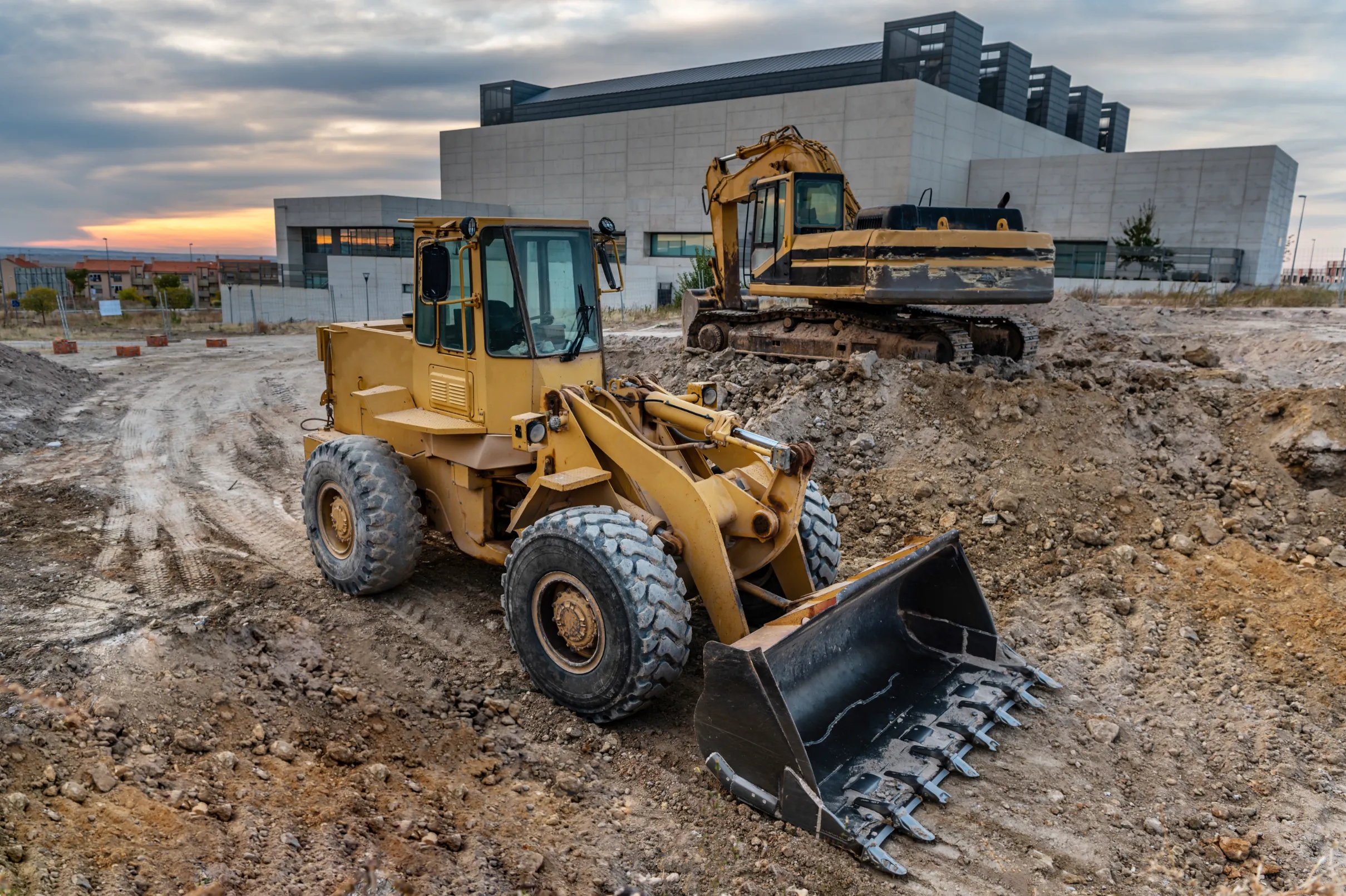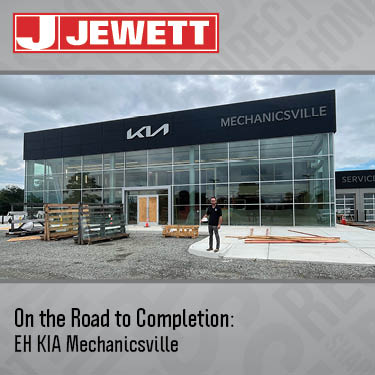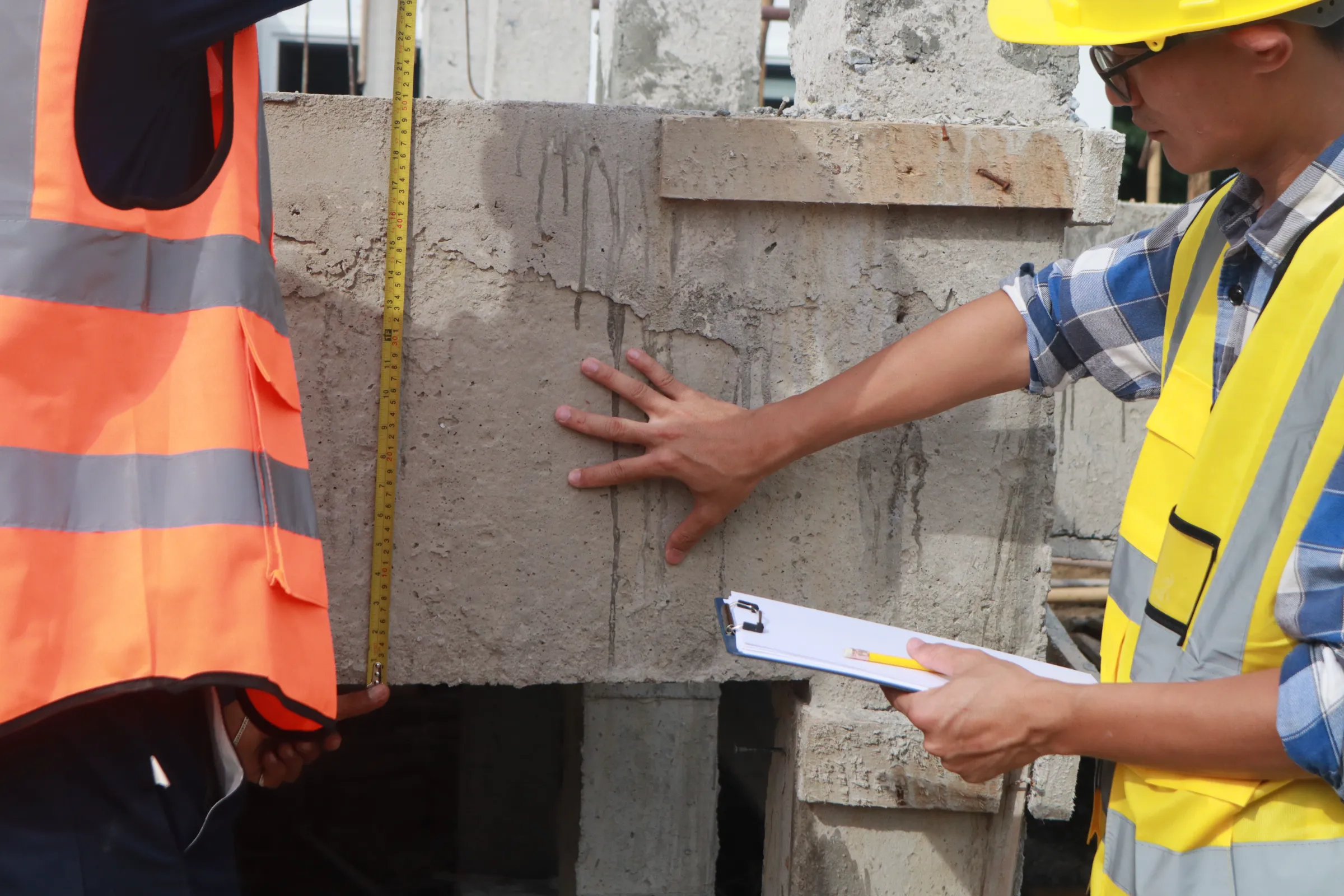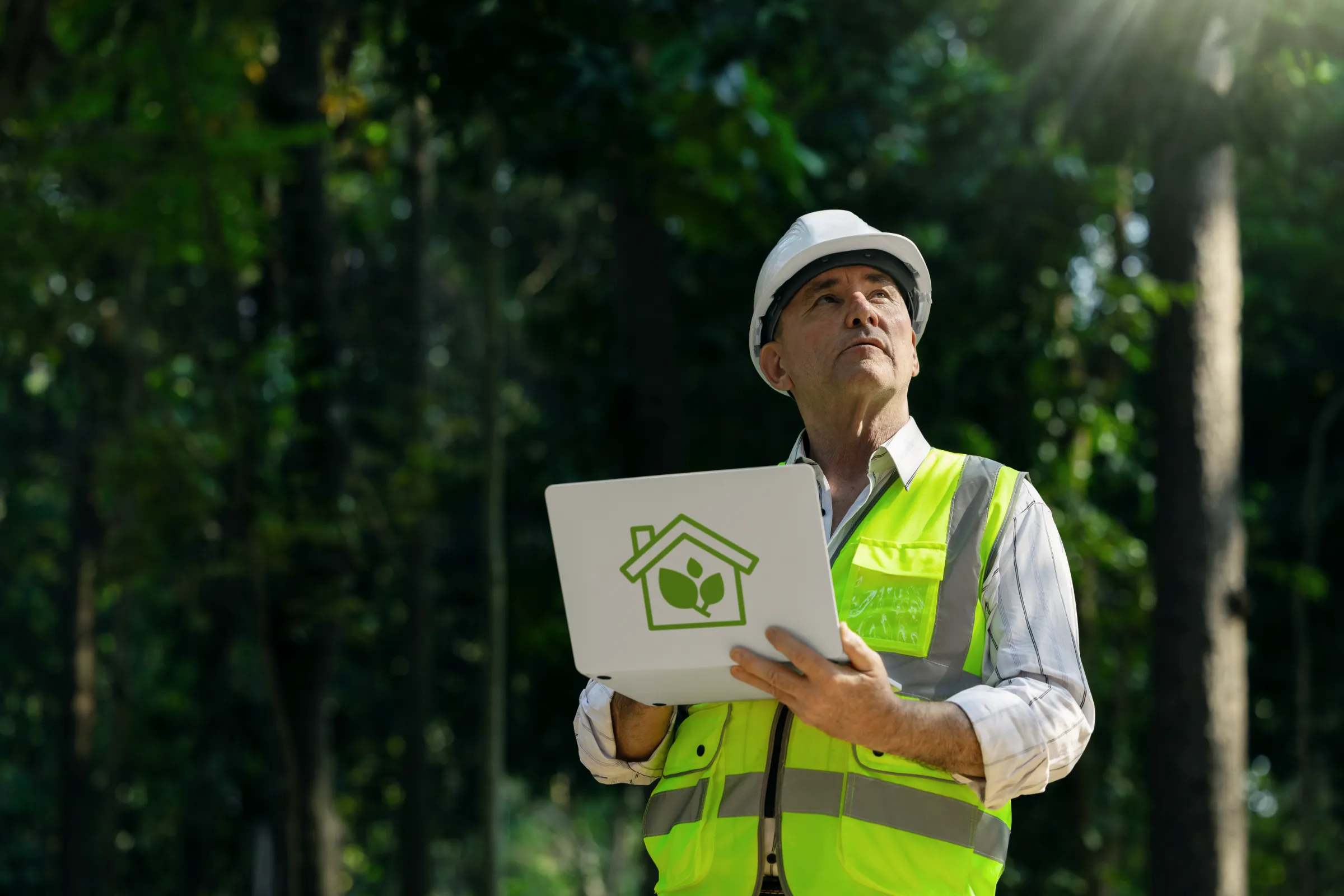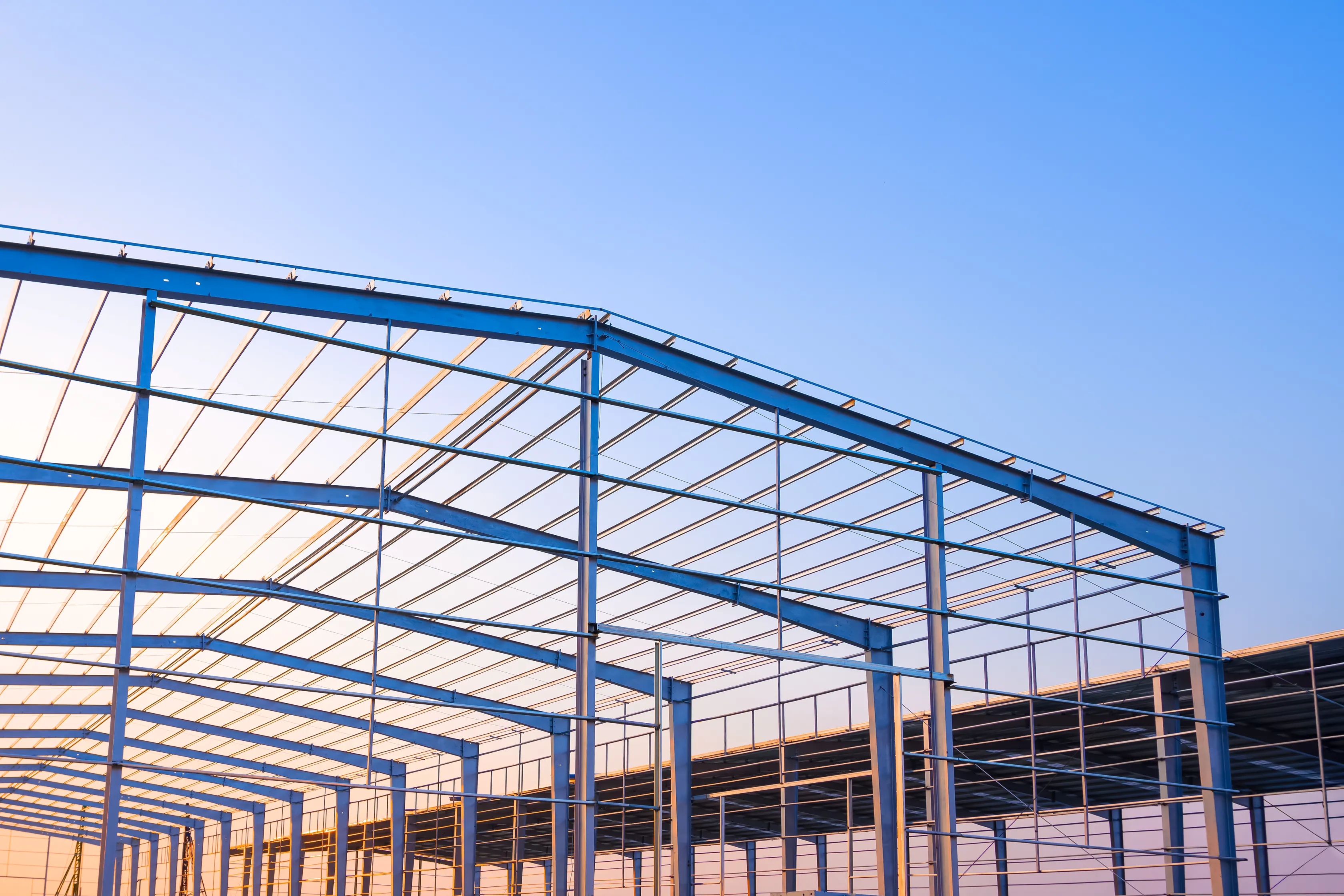Building for Community Impact: How Jewett Construction Empowers Local Environments
Commercial construction projects do more than redefine skylines—they can also bring tangible benefits to the communities around them. From creating local jobs and enhancing economic momentum to introducing public amenities and sustainable practices, a carefully planned commercial development can leave a lasting, positive legacy. At Jewett Construction, we view each build as a chance to lift the surrounding neighborhood, not just meet a client’s operational goals. In this blog, we explore how community-focused strategies strengthen commercial construction outcomes and foster long-term value for everyone involved.
1. Knowing Your Community
To support a local area effectively, a project team must grasp its distinctive character—its history, culture, and most pressing needs. Whether we’re modernizing a nonprofit facility or raising a new shopping center in a growing neighborhood, Jewett Construction starts by collecting insights from officials, business owners, and nearby residents. This might include attending public forums, conducting interviews, or partnering with local business associations.
These conversations shape decisions on layout, environmental features, and even landscaping concepts. If locals call for more public green spaces, for instance, we may incorporate small parks or seating areas into the final design. Engaging the community from the start not only eases the permit process but also cultivates a sense of shared ownership and reduces resistance during construction.
2. Catalyzing Economic Development
Large construction efforts can spark economic growth by sourcing materials and labor locally. Jewett Construction often collaborates with nearby subcontractors, boosting regional businesses and improving the flow of revenue within the community. When the project is done, the facility itself can generate an ongoing economic footprint—whether it’s through attracting new tenants, pulling in shoppers, or encouraging ancillary development.
Additionally, a bustling commercial property can anchor further revitalization. A new office park might attract supporting businesses, or a revamped city block could trigger a series of small-scale improvements nearby. The broader outcome is a revitalized local economy that benefits both the client and the community over time.
3. Designing for Inclusivity
Successful commercial buildings offer a welcoming environment for everyone, including individuals with physical challenges or varied cultural backgrounds. Beyond meeting mandatory accessibility standards, Jewett Construction advocates for features that promote inclusivity—such as wide walkways, family-friendly waiting rooms, or thoughtful lighting and signage.
We often consult with clients on ways to boost inclusivity, especially if the building caters to diverse groups—like a public-facing community center. Upgraded amenities (for example, child-oriented play corners or seating areas for seniors) reinforce the idea that the space is built to serve a broad audience. These considerations enhance community goodwill and reflect a forward-thinking attitude toward user comfort.
4. Prioritizing Environmental Responsibility
Construction can put pressure on local ecosystems, but a carefully managed approach can reduce environmental harm and cultivate healthier surroundings. Jewett Construction incorporates eco-friendly materials, recycles construction waste, and employs energy-efficient systems where possible. These actions safeguard the local habitat while reducing the building’s long-term operational expenses.
For example, implementing water-saving technology, planting native vegetation to manage stormwater, or opting for renewable energy systems can significantly cut a property’s carbon footprint. Publicly demonstrating these measures can also inspire additional green initiatives in the neighborhood, leading to an overall environmental benefit.
5. Partnering with Local Organizations
Fostering strong community ties goes beyond listening—it also means collaborating with established groups dedicated to local well-being. Jewett Construction frequently teams up with nonprofits focused on housing, education, or social services. In some instances, we may donate materials, provide design expertise, or organize volunteer projects with our employees.
These partnerships show that commercial construction can contribute to social and civic advancements. By integrating community spaces—like classrooms or shared meeting rooms—into a new building, the client establishes deeper connections with neighbors. Over time, such efforts reinforce the positive role of commercial development and help ensure that project outcomes serve more than just corporate objectives.
6. Incorporating Public Amenities
Commercial structures don’t have to be self-contained boxes; they can incorporate elements that welcome public use. This might mean adding a small plaza or open seating area for community gatherings, building a bike-friendly path, or sponsoring local artwork on an external wall. Even modest changes—such as a well-placed bench or thoughtful lighting—can create inviting public zones.
Jewett Construction often consults with urban planners or landscape architects to design these public-facing features. The result is more than just a commercial site; it’s a multi-purpose environment that can become a neighborhood fixture, hosting farmers’ markets, art displays, or casual community meet-ups.
7. Boosting the Local Workforce
Construction projects also provide a chance for workforce development. If there’s a shortage of skilled labor, Jewett Construction might coordinate with trade schools, apprenticeships, or local career centers to train up-and-coming workers. This approach not only helps fill staffing gaps but also gives community members a stepping stone into a valuable career path.
When local people play an active part in constructing a new building, they develop both skills and pride in the finished project. The benefits are mutual: Jewett Construction gains committed crew members who deeply care about their work, and the neighborhood benefits from an expanded pool of skilled labor.
8. Open Communication and Transparency
Public backing often hinges on good communication. Jewett Construction provides clear updates on construction timelines, potential noise or traffic issues, and how we plan to mitigate disruptions. This can take the form of emailed bulletins, on-site signage, or dedicated community meetings.
If residents have concerns—like increased dust or parking limitations—our project managers address those issues openly and quickly. Such transparency builds a stronger sense of trust and can turn skeptical neighbors into project advocates, especially when they see their feedback result in meaningful changes.
9. Aligning Private Goals with Public Interest
Commercial developments usually aim to drive profits or enhance brand visibility, but communities care about preserving quality of life and local character. By thoughtfully weaving community insights into the construction process, Jewett Construction strives to merge these objectives. Perhaps a client wants maximum building square footage, yet local residents express a desire for shared outdoor space. Balancing these needs could mean dedicating a portion of the site to a pocket park—creating a valuable amenity that also fosters warm reception.
This synergy benefits both parties. Developers gain smoother approvals and community endorsements, while neighbors gain improvements that resonate with their daily lives.
10. Resilient, Community-Centered Buildings
Building for the future often involves incorporating resilience factors—be it sustainable materials, climate-ready designs, or backup systems that can keep critical functions running in emergencies. A resilient structure doesn’t just safeguard business continuity; it can act as a community asset during extreme weather or utility failures.
Jewett Construction collaborates with engineers to implement solutions that withstand local conditions—high winds near the coast, for instance, or flood risks in certain areas. While this may mean higher initial expenses, resilience investments typically return dividends by minimizing repair costs and disruptions over time.
11. Reflecting Local Identity
Commercial buildings can celebrate local culture by using design elements, materials, or motifs that reflect the region’s heritage. Maybe that entails referencing the architectural style of nearby historic structures, featuring locally made art, or using stone or wood that’s sourced within the state.
When a building acknowledges cultural or historical traditions, community members often adopt it as their own. This sense of ownership can enhance foot traffic and brand loyalty—people want to visit or work in a place that respects the unique qualities of their hometown.
12. Assessing Project Impact
Determining whether a commercial build benefits its neighborhood requires more than just a ribbon-cutting ceremony. Tracking outcomes—such as employment rates, local merchant sales, or enhanced public amenities—can illuminate a project’s broader influence. Jewett Construction welcomes post-occupancy feedback, listening to clients, occupants, and local representatives to gauge how effectively the building serves community needs.
These insights help refine our strategies for future projects, ensuring each subsequent development integrates even more community-minded features and partnerships.
13. Moving Beyond Construction
Once construction wraps up, the building’s success hinges on how well it fits into the local environment. Jewett Construction’s Post-Completion Support includes helping owners optimize energy usage, troubleshoot technical systems, and prepare for expansions. We encourage ongoing engagement with neighbors through open houses, shared spaces, or joint events with nearby businesses.
When building owners maintain active community ties, the facility continues benefiting local residents. Over time, it can serve as an example of productive collaboration between commercial entities and the neighborhoods they inhabit.
14. Financing Socially Responsible Choices
Community-centric construction may require added investment for features like public seating areas, environmental enhancements, or workforce training. Yet these investments often pay off through smoother permit approvals, a loyal customer base, and higher occupancy or foot traffic. In some locales, municipal grants or tax incentives may be available for community-serving elements, offsetting initial costs.
By weighing fiscal realities against long-term social and economic benefits, Jewett Construction aids clients in designing commercial builds that resonate with local concerns without undermining profitability.
15. Conclusion: Building Spaces That Strengthen Communities
Commercial construction done right can enrich the social and economic fabric of a neighborhood. By learning from local voices, focusing on inclusion and sustainability, and forging ties with community organizations, Jewett Construction goes beyond erecting structures—we create places that drive ongoing positive change.
This focus on community impact benefits everyone: local residents experience improved amenities and economic uplift, while clients enjoy smoother approvals, stronger public support, and a facility that remains relevant long after opening day. If you’re ready to explore a project that balances commercial goals with broader community aspirations, reach out to Jewett Construction. We’re committed to blending functional design with community spirit, delivering projects that foster success on every level.

